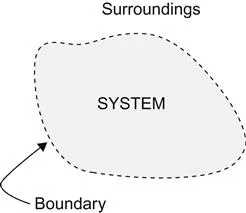
Thermal Power Plant
Design and Operation
Dipak Sarkar
- 612 pages
- English
- ePUB (mobile friendly)
- Available on iOS & Android
Thermal Power Plant
Design and Operation
Dipak Sarkar
About This Book
Thermal Power Plant: Design and Operation deals with various aspects of a thermal power plant, providing a new dimension to the subject, with focus on operating practices and troubleshooting, as well as technology and design. Its author has a 40-long association with thermal power plants in design as well as field engineering, sharing his experience with professional engineers under various training capacities, such as training programs for graduate engineers and operating personnel.
Thermal Power Plant presents practical content on coal-, gas-, oil-, peat- and biomass-fueled thermal power plants, with chapters in steam power plant systems, start up and shut down, and interlock and protection. Its practical approach is ideal for engineering professionals.
- Focuses exclusively on thermal power, addressing some new frontiers specific to thermal plants
- Presents both technology and design aspects of thermal power plants, with special treatment on plant operating practices and troubleshooting
- Features a practical approach ideal for professionals, but can also be used to complement undergraduate and graduate studies
Frequently asked questions
Information
Steam Power Plant Cycles
Keywords
1.1 Introduction

Table of contents
- Cover image
- Title page
- Table of Contents
- Copyright
- Dedication
- Acknowledgements
- Preface
- List of Acronyms/Abbreviations
- Chapter 1. Steam Power Plant Cycles
- Chapter 2. Steam Generators
- Chapter 3. Fuels and Combustion
- Chapter 4. Pulverized Coal-Fired Boilers
- Chapter 5. Fluidized-Bed Combustion Boilers
- Chapter 6. Steam Turbines
- Chapter 7. Gas Turbine and Heat Recovery Steam Generator
- Chapter 8. Diesel Power Plant
- Chapter 9. Steam Power Plant Systems
- Chapter 10. Automatic Control
- Chapter 11. Interlock and Protection
- Chapter 12. Start-Up and Shut-Down
- Chapter 13. Abnormal Operating Conditions
- Chapter 14. Air Pollution Control
- Chapter 15. Codes and Standards for Power Plant Design and Operation
- Appendix A. Power from Renewable Energy
- Appendix B. Power from Nuclear Energy
- Appendix C
- Index